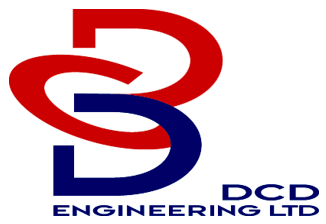Almost every device that we know of makes use of controls, the difference being the type of control and the desired outcome. A simple task such as turning on the fan in your room also makes use of some form of control system. It is a device or a set of devices that are used to manage, command, direct or regulate the behavior of another device or systems. From simple switches that turn on the lights in your rooms to complex systems that operate heavy machinery in industrial works, all make use of controls.
Control systems can be divided into manual control or automatic control depending on if a human body (an operator) is physically involved in it. A good example of a manual system can be the shower heater. You can turn on the heater and adjust the temperature of the water by turning a knob. If the water is too cold or too hot, the knob can be adjusted accordingly. This shows how a human body manipulates a system, therefore a shower heater being classified as a manual control system.
These systems also provide for measurement, computation, comparison and correction of the desired result. A measurement can be taken when a system is turned on. The reading such as the temperature of the water in the case of the shower can be computed, evaluated and compared to the desired temperature. If it is not the desired result, it can be corrected accordingly. Manual controls have a disadvantage as compared to automatic control systems as they cannot provide accuracy all the time. If this is the case, an automated control system should be used to replace the manual system. However, depending on a situation, manual systems are also important. Take for example the shower heater; not everyone would prefer the same water temperature to shower, therefore manual control in this instance is important.
In automated control systems, automatic readings of outputs of control systems are taken and computed which are then compared to pre-fed measurements that have been keyed into the system. The system then evaluates these readings and automatically adjusts to the desired readings. These provide for accurate results as a manual operator would not be able to judge measurements simply by looking at the output.
Automatic systems, depending on their application can make use of sensors and controllers to replace the operator for accurate results. They also have software installed inside them to work as the ‘brain’ of the system to make decisions.
There are many different types of controls and control systems besides manual and automatic systems which are used for various applications ranging from household items to industrial manufacturing. These systems help to gain control over a system and get desired results.

